Holy Men & Hypocrites

To avoid confusion, one must use careful intelligence to discriminate between the saints and the swindlers, the incarnations and the imposters, the holy men and the hypocrites.
By Revatinandana Svami on Religion

To avoid confusion, one must use careful intelligence to discriminate between the saints and the swindlers, the incarnations and the imposters, the holy men and the hypocrites.
By His Divine Grace A.C. Bhaktivedanta Swami Prabhupada on Prabhupada, Religion
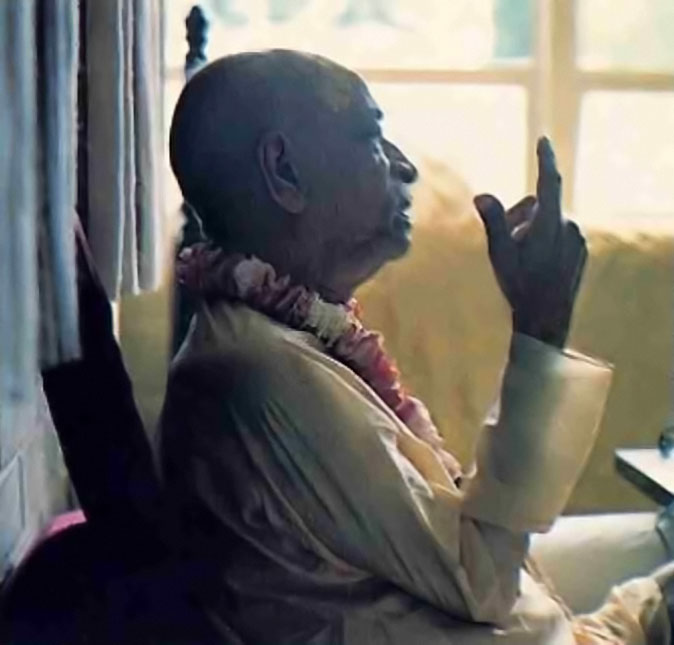
“Thou shall not kill” Christians like to misinterpret this instruction. They think the animals have no soul, and therefore they think they can freely kill billions of innocent animals in the slaughterhouses.
By Kirtanananda Swami on ~Featured~, Religion

“I have yet many things to say unto you,” Christ told a world, filled with crudeness and ignorance, “but ye cannot bear them now” (John 16:12).
By His Divine Grace A.C. Bhaktivedanta Swami Prabhupada on Religion

Jesus Christ said, “Thou shall not kill.” So why is it that the Christian people are engaged in animal killing? The Bible does not simply say, “Do not kill the human being.” It says broadly, “Thou shall not kill.”
By Ravindra Svarupa dasa on ~Featured~, Religion, Guru / Initiation
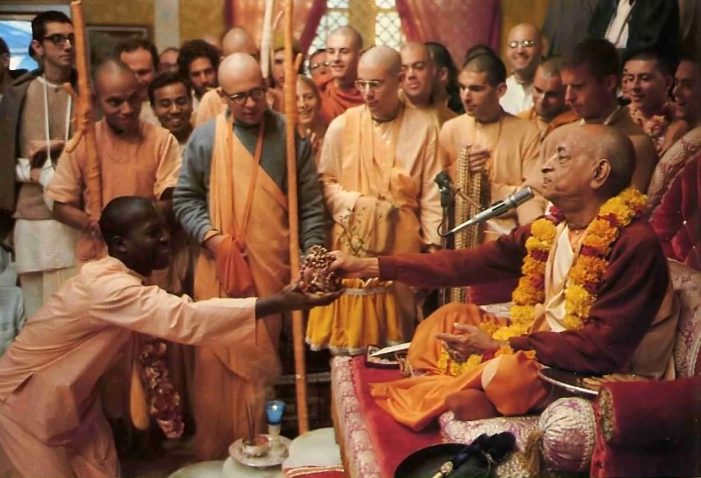
Who will say which religion is false and which genuine, which harmful and which beneficial? What we need is not someone’s self-interested opinion but a reliable, nonsectarian standard for separating the bogus religions from the bona fide.
By His Divine Grace A.C. Bhaktivedanta Swami Prabhupada on ~Featured~, Religion
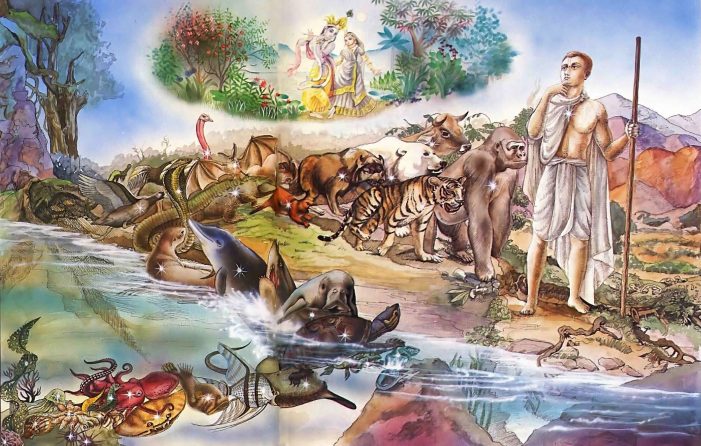
Early Church father Augustine thought God eternally abandons some souls to soul-death. This is not so, our consciousness can always be revived, and that is the conviction of the Krishna consciousness movement.
By Dr. Harvey Cox on Religion
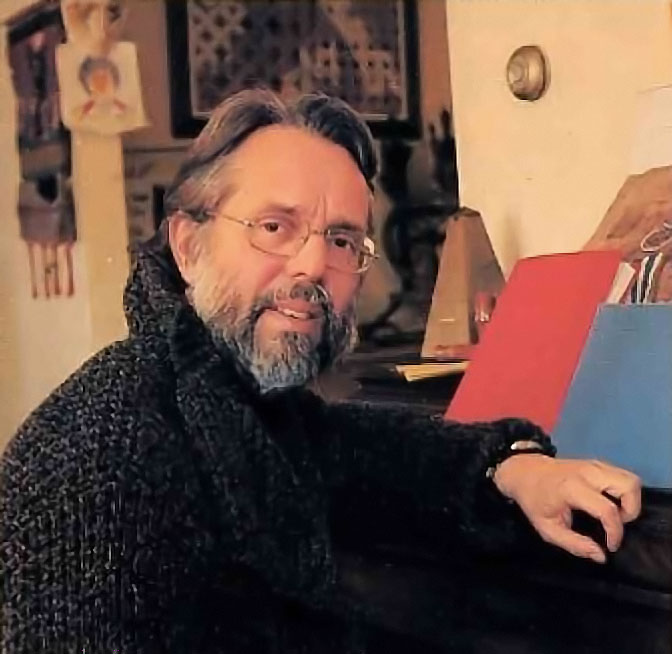
The following is a statement by Dr. Harvey Cox, theologian at Harvard Divinity School, at a symposium titled “Krishna Consciousness and Religious Freedom,” conducted at the Center for the Study of World Religions, Harvard University, November 22, 1976.
By BTG Editors on Religion
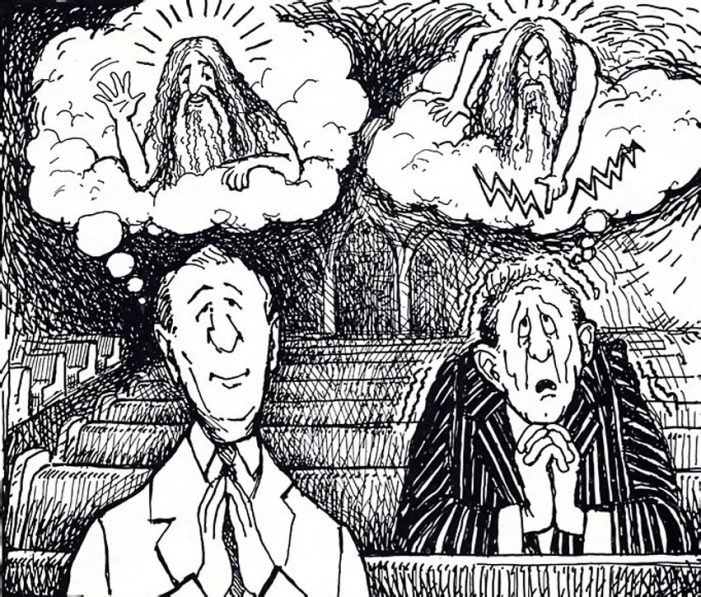
“Despite the current conservative movement, images of God are in flux,” says Wade Clark Roof, a sociologist at the University of Massachusetts.
By Madhudvisa dasa on ~Featured~, Religion
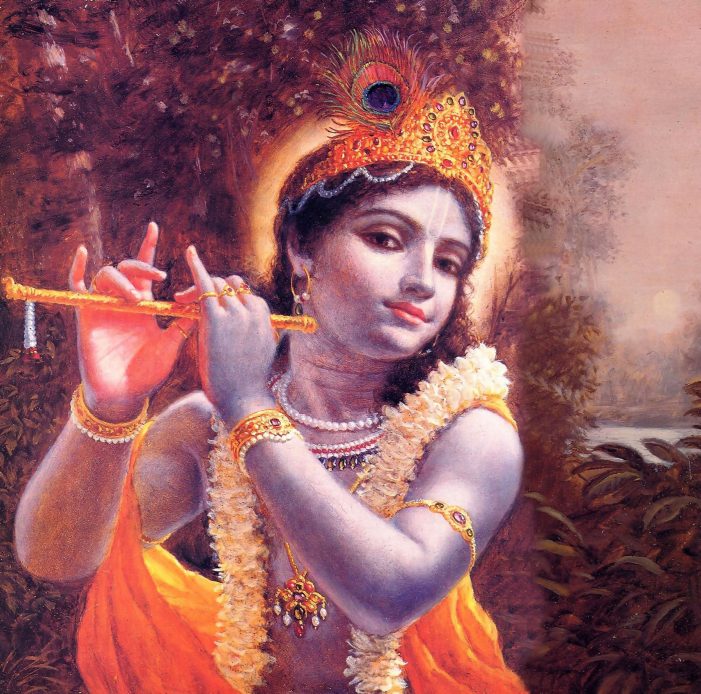
Krsna points to this essential religion at the end of the Bhagavad-gita. “Abandon all varieties of religion,” He urges Arjuna, “and just surrender to Me”
By His Divine Grace A.C. Bhaktivedanta Swami Prabhupada on ~Featured~, Religion
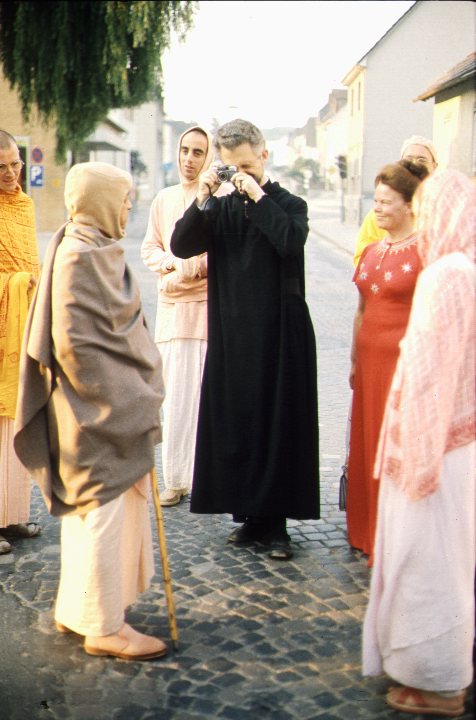
When an Indian person calls on Krsna, he often says, “Krsta.” Krsta is a Sanskrit word meaning “attraction.” So when we address God as “Christ,” “Krsta,” or “Krsna,” we indicate the same Supreme Personality of Godhead.
By Kundali dasa on ~Featured~, Religion

The Bible has nearly a hundred verses that praise the power, glory, and excellence of God’s hallowed name. The Bible’s authors obviously considered the holy name of the Lord very important.
By Satsvarupa dasa Gosvami on Religion
Generally people pray, perform rituals, and so on, in hopes of attaining temporary goals: better health, a good marriage, success in business. But in Bhagavad-gita Sri Krsna advises that those who practice religious life by seeking material boons are missing the real point.
By Hayagriva dasa on Religion
Even a quick reading of the Bible will show that sankirtana was very much present indeed amongst the ancient Jews and early Christians and that it was certainly stressed by one of the Bible’s major figures—David.
By Satsvarupa dasa Gosvami on Religion
Many conflicts around the world are being billed as “religious wars.” Fighting between the Sikhs and Hindus in India, Christians and Moslems in Beirut, Moslem sects of Iran and Iraq, and Protestants and Catholics of Northern Ireland—all seem to have roots in religious conflict.
By Tamal Krishna Gosvami on Religion
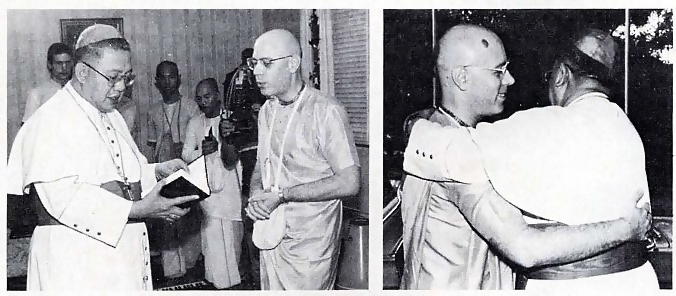
A conversation between Tamal Krishna Goswami, one of the spiritual masters of the Hare Krsna movement, and Cardinal Jaime Sin, Archbishop of Manila.
By His Divine Grace A.C. Bhaktivedanta Swami Prabhupada on Religion
Peace is possible only when we actually pray to God knowing our relation with Him. Everything that be is an emanation from the Supreme Lord is the version of the Vedas, the most authentic sources of transcendental knowledge.
By Devamrta Swami on Religion

Now the Vatican, through its Pontifical Academy of Science, is actively soliciting advice from hundreds of the world’s leading scientific brains
By His Divine Grace A.C. Bhaktivedanta Swami Prabhupada on Religion
There are a number of pretentious religious faiths which pass on by that name but actually there is nothing in essence which can be accepted as real religion.
By Ravindra Svarupa dasa on Religion

The powerful tyrant, Kamsa, was as vile as they come. After usurping the throne from his father and killing and imprisoning many of his own relatives, he turned on his chief rival, Lord Krsna.
By Mandalesvara dasa on Religion
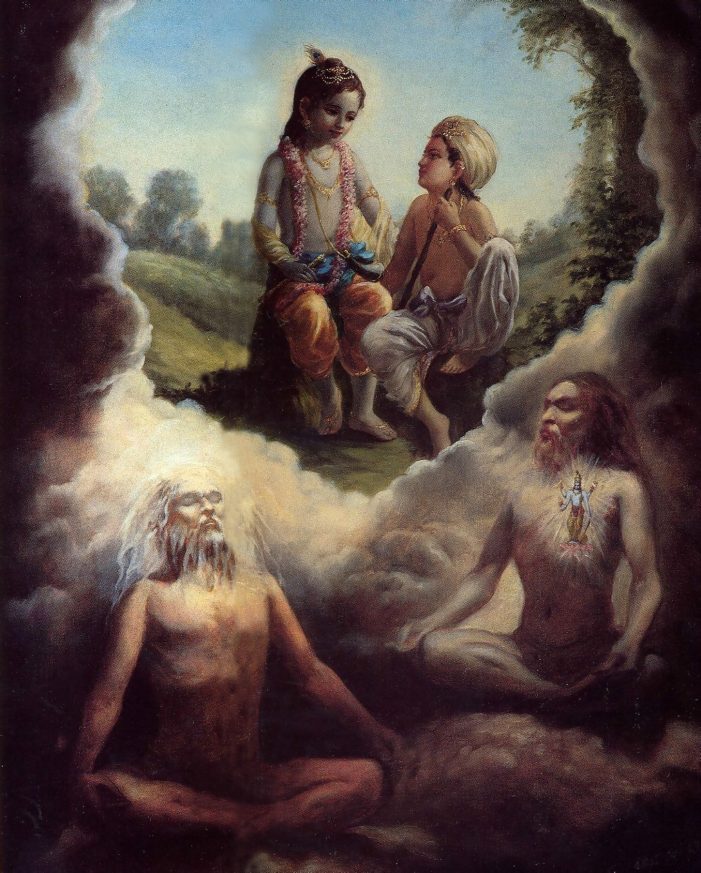
What does our father who art in heaven look like? On the ceiling of the Sistine Chapel there’s Michelangelo’s painting of God as an old man creating Adam, who, by the way, looks healthier and more handsome than God.
